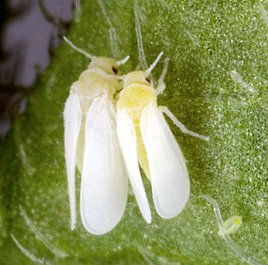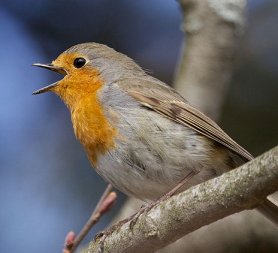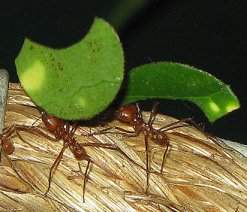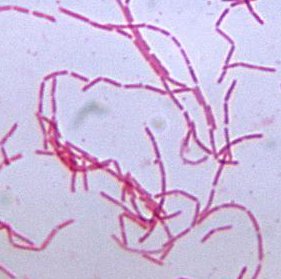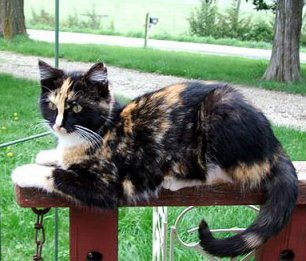I am working on an elementary science series right now, and I am up the point where I am looking for images to use in the first book of the series. While looking for images that were constructed using infrared light, I came across this one and thought it was really cool (click for credit):
The image is what an infrared camera sees when it looks at a snake wrapped around a person’s arm.
Remember, human eyes are not sensitive to infrared light. However, you can make cameras that see only infrared light. Generally, these cameras show you the amount of infrared light they are seeing by using a color scheme. In the picture above, for example, blue colors mean the camera is receiving a small amount of infrared light, red colors indicate a medium amount of infrared light, and yellow colors indicate a lot of infrared light.
The person’s arm “lights up” in yellow, because he or she is warm-blooded and is therefore warmer than the surroundings. Because of this, energy must flow from the person to the surroundings, and it does so mostly in the form of infrared light. As a result, the person’s arm emits a lot of infrared light. The snake, however, is not much warmer than its surroundings, because it is not warm-blooded. So it doesn’t lose much energy to the surroundings. As a result, it doesn’t emit much infrared light.
Using an infrared-sensitive camera to make such images is called thermography, and it can be used for various purposes, including seeing people in the dark.


